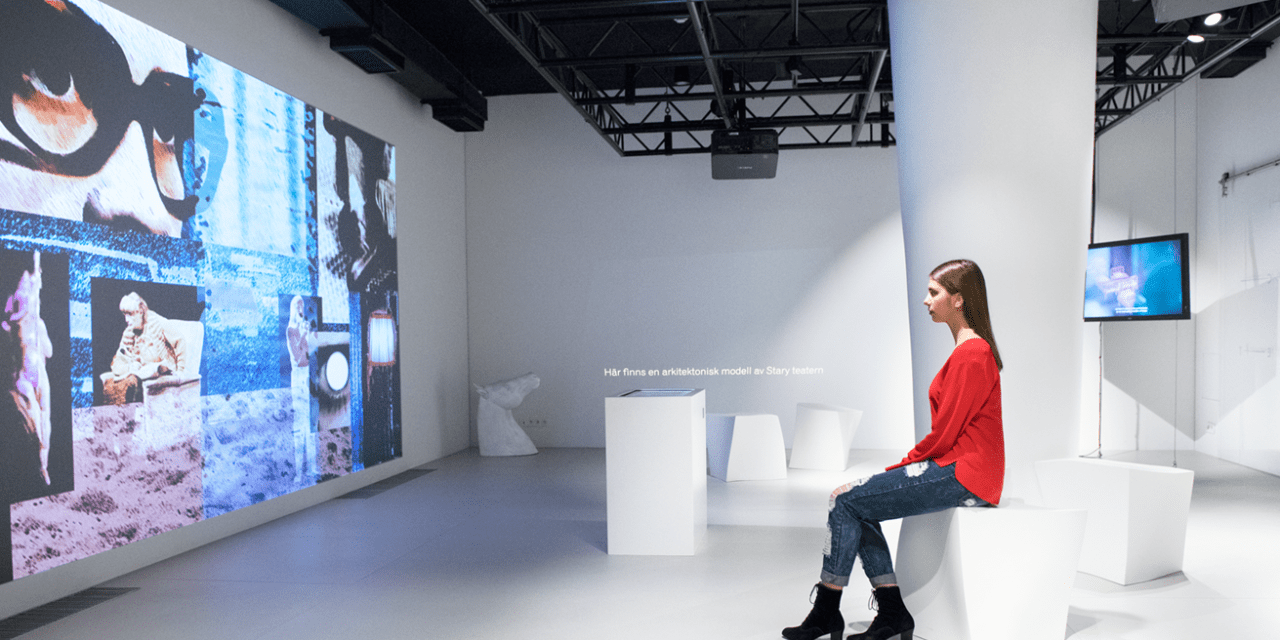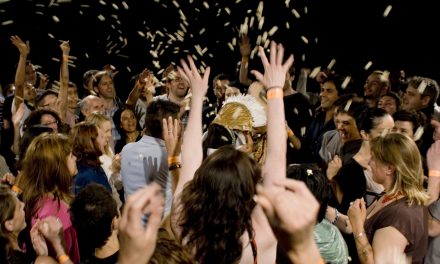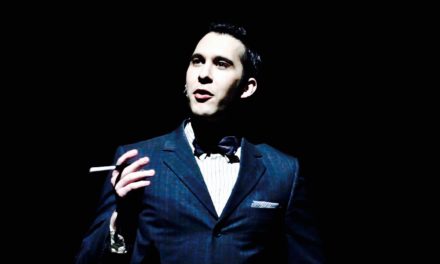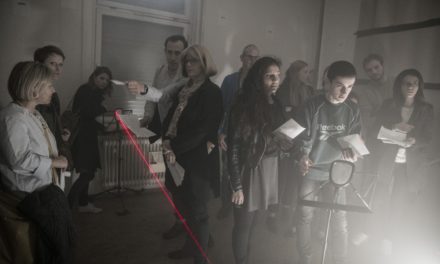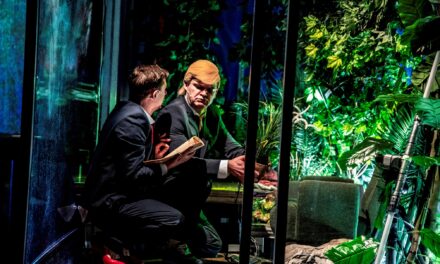Walking into the old basement of the legendary Old Theatre (Stary Teatr) in Krakow, you soon realize nothing is old here. MICET, the new interactive theatre museum, which opened just about a year ago, completely transforms the theatre’s dark, moldy basement into one of the most cutting-edge museum/installation/performance spaces in Europe. The Old Theatre’s rich history is condensed and digitalized into “Theatre Apps” dispersed across the museum. It challenges the convention of exhibition/archive experience, galvanizing visitors’ creative mindset and making passive viewers into active participants in the ever-evolving dynamic of this fluid, performative space. The Art Director Bianka Kurylczyk showed us around and talked about the conception of MICET.
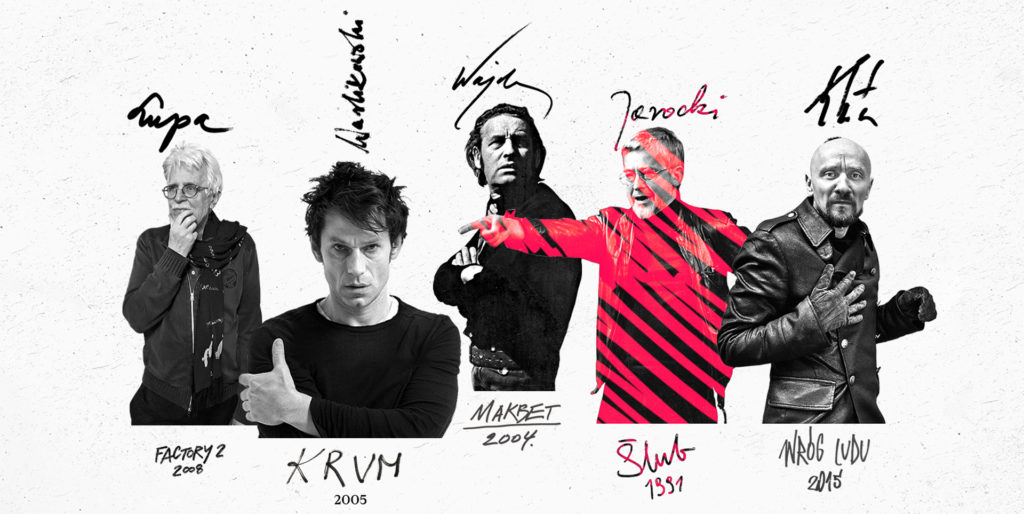
MICET INTERACTIVE MUSEUM / THEATRE EDUCATION CENTRE
About the Museum
The Interactive Museum (Theatre Education Centre) at the National Stary Theatre in Krakow is a unique concept, the first museum of its kind in Europe. It combines elements of traditional crafts, new technologies and modern art to actively discover and create the art of theatre.
The Museum occupies two floors of the theatre building—the ground level is a hybrid black & white space: light for workshops or exhibitions and dark for performances, and it is fully equipped to be transformed into a professional stage at the press of a button.
The basement level holds the permanent exhibition, offering a bridge look at the history of the Stary Theatre. From the very beginning (at the end of the 18th century), Stary was established as a “national” stage, addressing issues important to the Polish people during different historical times: uprisings, struggle for independence, post-war traumas and communism, and challenges of present-day democracy. Today it still takes on important local and global themes like immigration, violence, isolation, social injustice and political divisions, ecological disasters, and our lack of empathy or inability to connect with each other in a non-virtual way.
(Info provided by Bianka Kurylczyk)
Kai-Chieh Tu (KT): How did the idea of MICET come about?
Bianka Kurylczyk (BK): The basement was just a storage place before. After many deliberations and meetings, and after the funding from Norway came through, we started the whole process of transformation. The basic idea is to create something in contrast to the traditional museum.
KT: I enjoy all these creative apps which allow me to explore the work of the artists in a visceral and spontaneous way. The museum provides a very individualized experience.
BK: Yes. The museum is not necessarily designed for theatre geeks or professionals, or even people with great interest in art. We want to invite everyone and just start a conversation.
KT: The accessibility for the public is the key here.
BK: Exactly. It is a very friendly and flexible space. We can just have a conversation, or we can actually create some ideas right here, right now. All the applications here are designed and curated by the artists who have worked here in the past or are currently involved in the repertoire.
We began to play the Set Design App: you can choose from well-known set designers and then explore, by creating your own set design, what kinds of images the artist compiled in their heads and where they found inspiration. Barbara Hanicka, Mirek Kaczmarek, Krystian Lupa, Justyna Łagowska, Kazimierz Wiśniak, Jerzy Skarżyński & Lidia Minticz and Krystyna Zachwatowicz.
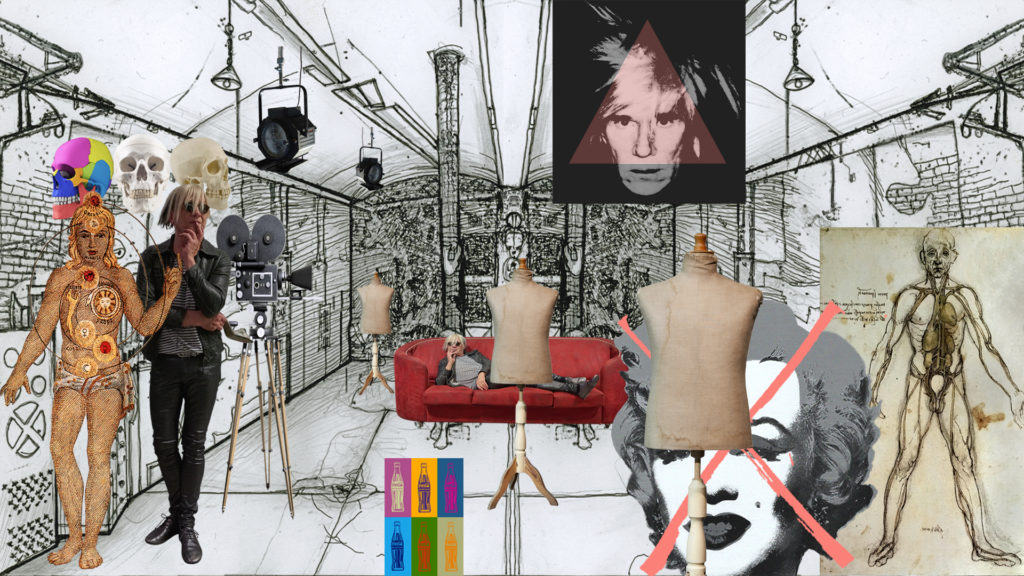
MICET INTERACTIVE MUSEUM / THEATRE EDUCATION CENTRE
KT: It is very intuitive. You don’t need any knowledge or previous experiences in theatre or design to create something and have fun.
BK: Yes that’s the essential concept of all the apps. So you won’t get intimidated by their complexity.
We moved to the Audiotheque section: it is a DJ booth where you can create your own remixes and scores. It features work samples by composers Stanisław Radwan and Zygmunt Konieczny as well as directors Krystian Lupa and Jan Klata. After listening to the samples, creative processes and philosophies by the artists, users then have the freedom to remix, change, and juxtapose the scores with other music and soundscapes, exploring how the auditory aspects of theatre influence, dominate and dissolve the meanings of a production.
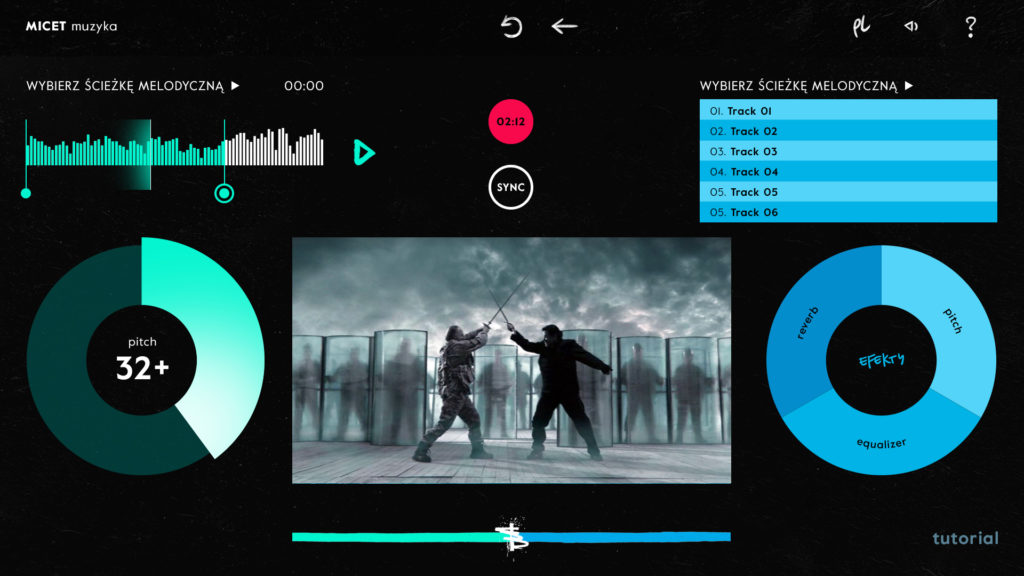
MICET INTERACTIVE MUSEUM / THEATRE EDUCATION CENTRE
BK: We also have master workshops where you can meet the artists in person.
We then passed by Mediatheque, a six-meter multimedia wall, where the history of Stary Theatre resides. A digital archive includes hundreds of plays, thousands of photos, design drawings, costume sketches, and posters.
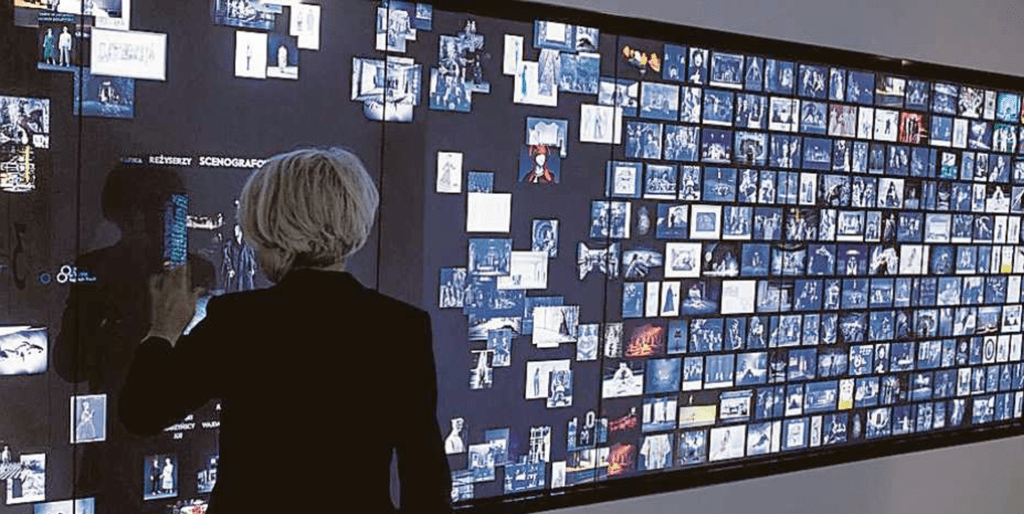
MICET INTERACTIVE MUSEUM / THEATRE EDUCATION CENTRE
KT: What are these guidebooks on the table? Why there are many different versions or pathways as you call it?
BK: The experience should be free-flowing, but at the same time we need some structures for our visitors. We want to give some guides, but they’re very open and non-instructive. For example, you can explore themes including FREEDOM, US/THEM, EMOTIONS, BODY, and NEW. These are the themes we think are relevant to audiences and artists today.
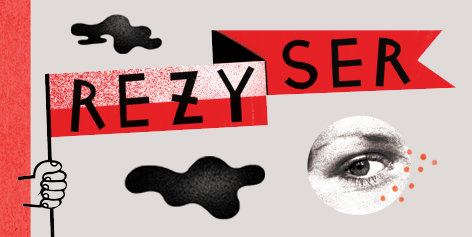
THEME FREEDOM
KT: Do they change from time to time?
BK: Right now, no. But we’re thinking maybe in four years we will redesign the structures and experiences.
KT: Can you talk about the process of working with your creative team? What were the challenges? Were there ideas that you wanted to have but weren’t realized?
BK: It is very different from what we wanted to have. But that’s the beauty of the process since there were so many artists involved in the conception of MICET.
KT: Are they all designers in the team?
BK: We have people from different areas: performing artists, directors, composers, architects, et cetera. Again, we had some basic structures but we had no concrete clues for how to visualize or realize them in the beginning. So we just started with lots of conversations with all the artists and designers, and then the ideas started to bounce around the room intuitively.
KT: I assumed it started with lots of sketches and drawings in the beginning.
BK: Yes and no; it depends on how people from different fields work. Some people would just open their laptops and Google stuff. We also have prominent figures such as Krystian Lupa who gave us clear ideas, and, you know, you can hardly argue with him about these ideas he wants to realize.
It is ever-changing and surprising all the time when new groups and workshops happen in the space. They always give new meanings to the space and all the tools.
There was a workshop with a small group of children happening in the workshop stage space. It is a laboratory where you can control and explore the lighting, projections and soundscapes freely. All the materials are from productions of the Old Theatre.
Usually, we have a group of children, and our instructors will ask them questions such as “what do you want to work on?” and then the production process starts. And then they can choose their own design, music, and staging, and then they can record their process and creation.
We then walked into the Virtual Actor App. It is designed as a private experience where you have the whole studio to yourself. You then choose an actor from the screen, and he/she gives you a simple but challenging acting exercise. You can record and send the file to yourself easily. The experience gives visitors some insights into the training systems and the various creative processes of building a character and conveying complex emotions in different theatrical forms.
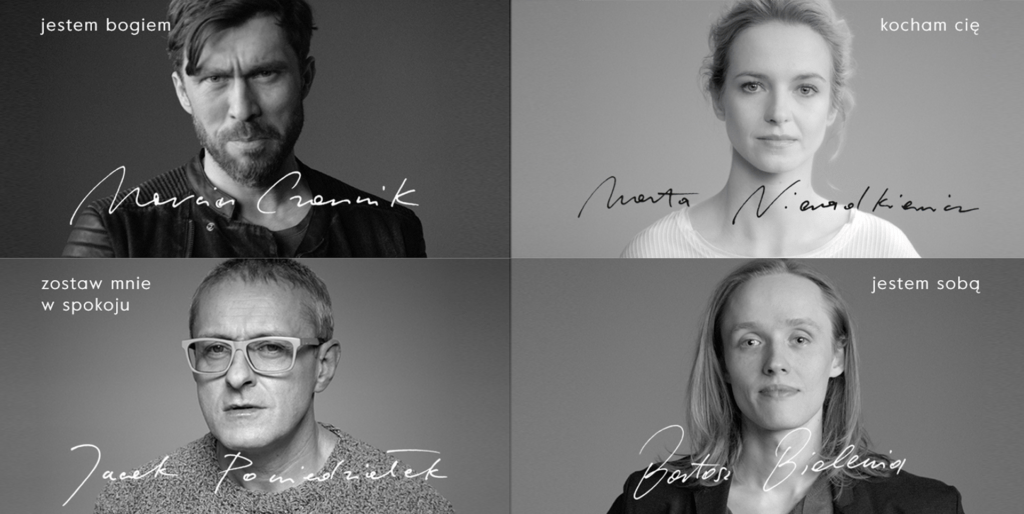
MICET INTERACTIVE MUSEUM / THEATRE EDUCATION CENTRE
The last stop was the Costume Design App. You are asked which character you want to design, and then you choose from a wide range of costumes and props used in previous productions. Like the Set Design App, it is designed meticulously, with astounding details and information on every piece of costume and the creative history behind its creation.
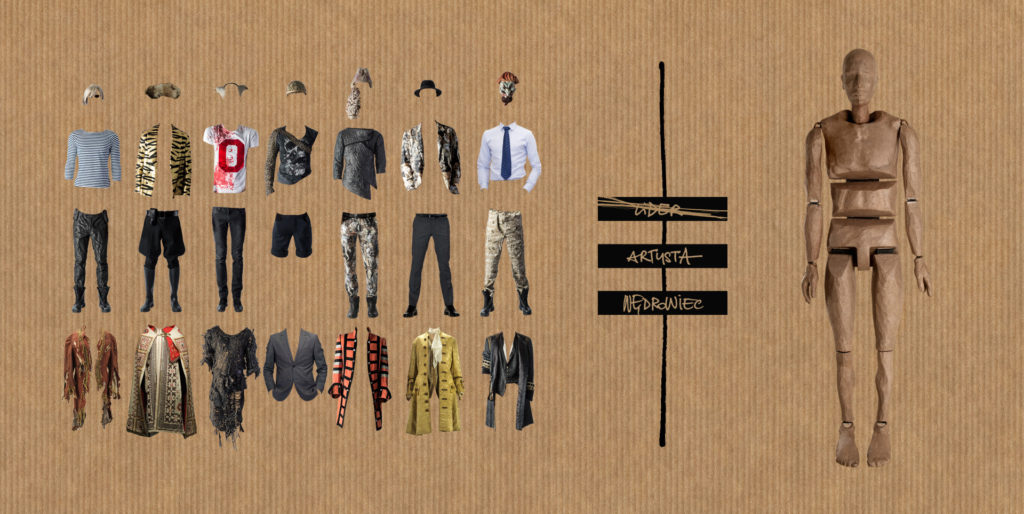
MICET INTERACTIVE MUSEUM / THEATRE EDUCATION CENTRE
KT: The museum truly resembles a living organism.
BK: Yes. Based on the feedback we’ve got in the past year since the opening, we are still learning and deeply in the creative process.
For more info, visit MICET’s official website.
This post was written by the author in their personal capacity.The opinions expressed in this article are the author’s own and do not reflect the view of The Theatre Times, their staff or collaborators.
This post was written by Kai-Chieh Tu.
The views expressed here belong to the author and do not necessarily reflect our views and opinions.

